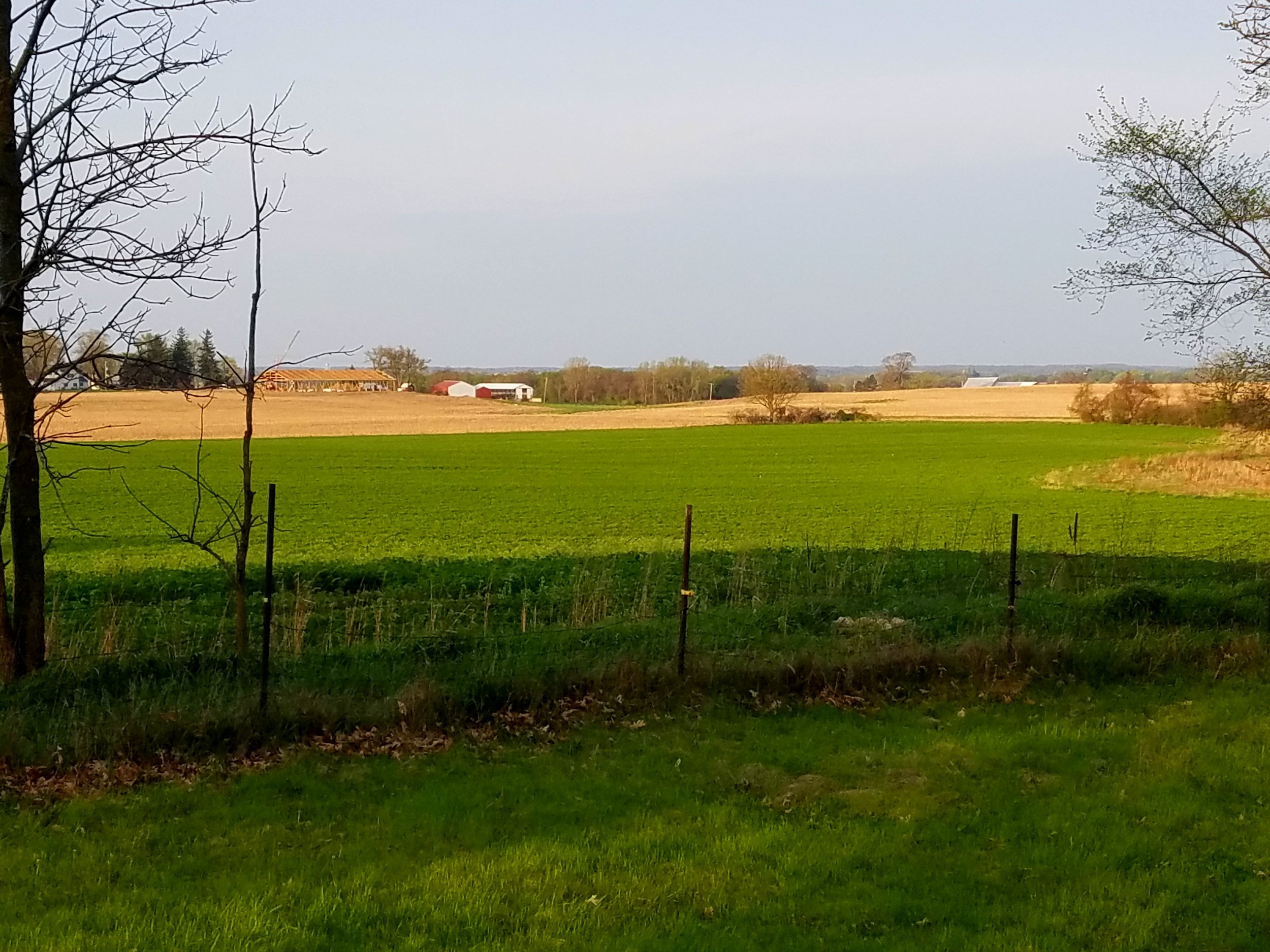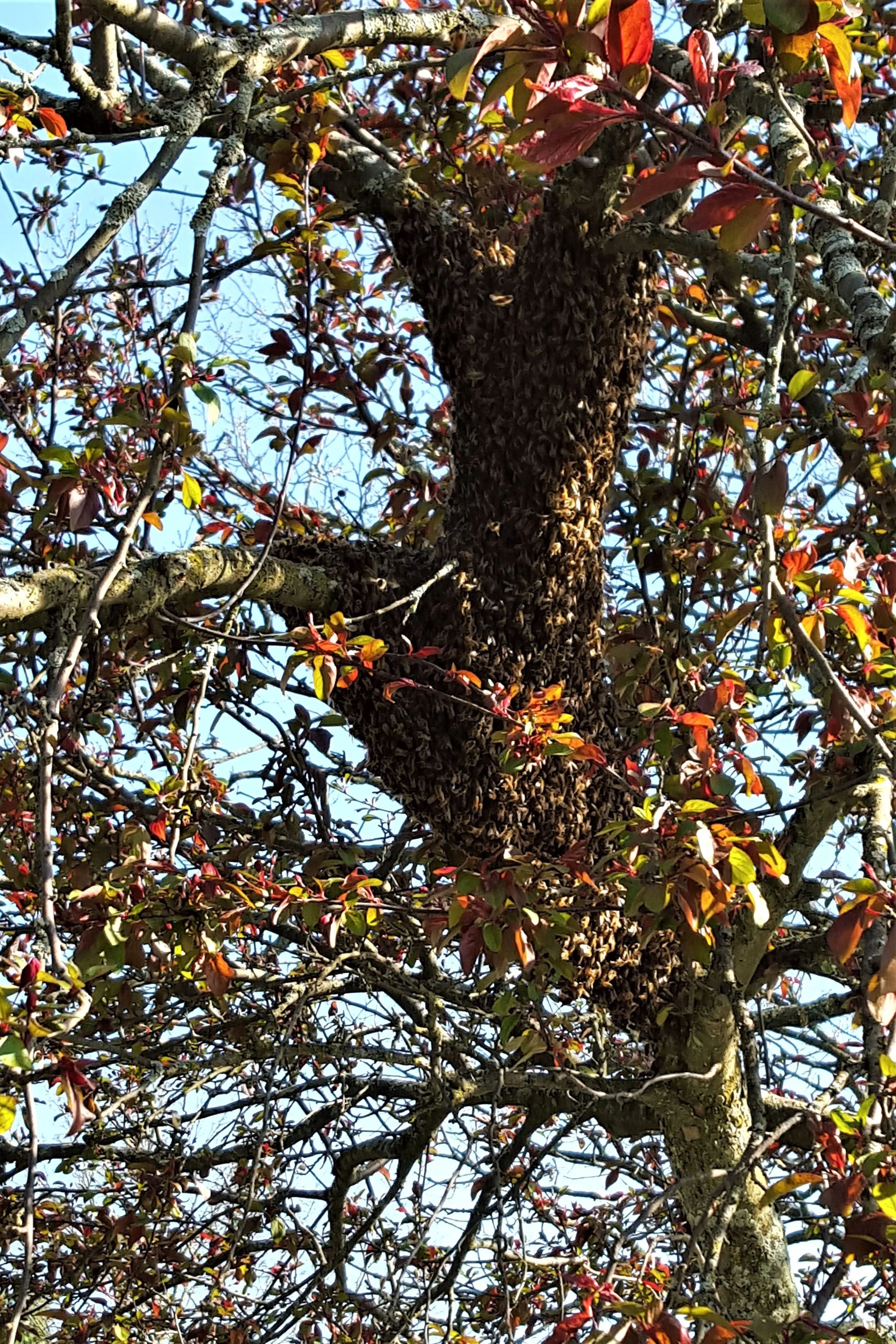Resilience Instead of Resist
New hay field made it through winter just fine
I have been reading my May 2016 issue of ACRES USA magazine which focuses on permaculture, In an interview with Eric Toensmeier, the author of The Carbon Farming Solution, I read something that resonated with me this spring season. Stay with me here cause this is really cool
“Excess carbon dioxide in the atmosphere is there because of burning fossil fuels and also because of the degradation of land. Whether it’s forests being cleared or prairie being plowed or a badly grazed pasture, when those ecosystems are degraded, the carbon that was stored in the soil and in biomass bonds with oxygen and heads up into the atmosphere as carbon dioxide. There are practices that can bring it back. They all use photosynthesis, which takes carbon dioxide out of the air and turns it into sugars in the plant; then those sugars are converted into various other things such as lignins. Some of them end up in the plant itself, and some of them end up in the soil. Some get there quickly through root exudates and some end up in the soil more slowly through decomposition. Some of them are off-gassed to go back up into the atmosphere. We can pull a whole bunch of that excess atmospheric carbon and store it in the soil and in perennial biomass. The amount that is possible is quite hopeful and could be just about enough to do the job if coupled with a drastic reduction in emissions. It’s not enough to do the job on its own...
we can’t get it to a manageable level with out farmers and here’s why...
We can pull it back down, and to do that we have to stop emissions, but we also have to sequester carbon. Neither one works on its own. There’s not enough land available for reforestation to do all the sequestration we need with land leftover for agriculture. So agriculture itself has to be part of the solution. What’s cool is that almost all of these solutions weren’t invented for climate change mitigation- they were invented because they make farms work better. They make farms more RESILIENT. They make farms more productive. They are good ideas anyway! ”
The article is amazing and gets into much larger systems, and discusses all different crop solutions and ways of shifting our conventional corn and bean based agricultural system to one that uses alternative perennial and tree crops for everything from bio-fuels to edible and non edible petroleum substitutes, to improving our grazing management and cover crop systems, all in an effort to sequester carbon in the soils. It is a hopeful and forward thinking solution to our most pressing environmental issue. Most importantly, it mentioned this word Resilient which is resonating with me this week.
As I drive past our 20 acre south field this year, I am stunned at the color and vigor of our green perennial pastures in stark contrast with the open brown fields that surround it. In these neighboring fields corn or beans will be planted again this season but they lay empty and devoid of soil life for 8 months of the year. Imagine how much carbon could be stored in those fields if they were managed differently? I wonder how much carbon we are keeping in our little bit of Eden. I am thankful for the opportunity to help this land become resilient.
Resilience is interesting because like a muscle it needs stress to initiate and practice and a system designed and managed to strengthen it. It builds over time. It is the ability to self heal.
yes that's a swarm of bees 5 inches thick
On Sunday as I was heading out the driveway, Ed stopped me and brought me over to the Crabapple in the garden. There in the small red tree was a huge swarm of honey bees. It was an amazing sight. The bees in our hive had not only overwintered just fine but had out grown substantially and the queen left to find a more adequate space. She had only gone a short distance away the hive swarmed around her and the scouts were sent out to look for new accommodations. Ed called our beekeeper Rick and as I left he was arranging to come over. During the day, they succeeded in getting the queen back into another hive box and clearing more space in our hive to accommodate the growing number of bees. When I returned, we had 2 hives and over this week we have added a new queen to the old hive and effectively split the hive. So in Nature there is an ingenious system for resiliency that she manages and if we understand and allow for it, we can tap into and help manage our bees. The stress or problem, overcrowding, and the ingenious system bees have to alleviate it they manage and practice resiliency to sustain themselves.
When I drove away on Sunday, I was going to a family wake and funeral. It was unexpected and caught my extended family off guard as it was a young and beautiful woman who left us far too soon. As I sat talking with family and friends who I hadn't seen in a very long time, I thought about how this ritual of the wake and the reception to follow is our cultural system of building resilience into our lives. Tragedies happen every day. Set backs and unexpected problems arise, but we can build up our resilience muscles by using these rituals to help us bounce back so we can heal and move forward. It doesn't remove the grief or problem. It recognizes it, looks at it straight away and then uses a beautifully designed system. If we maintain and manage these rituals and use them, we build resilience in our lives. We are better able to handle the stresses that will inevitably arise.
When I think about our world and the challenges we face I hear a lot about Resist. I am not sure I want to resist. Resist feels like just digging in and spending energy on not moving anywhere. I prefer to find a system, be it ritual, or land management or creating something new and flex my muscle called Resilience, and move forward with hope and faith towards a better future.


